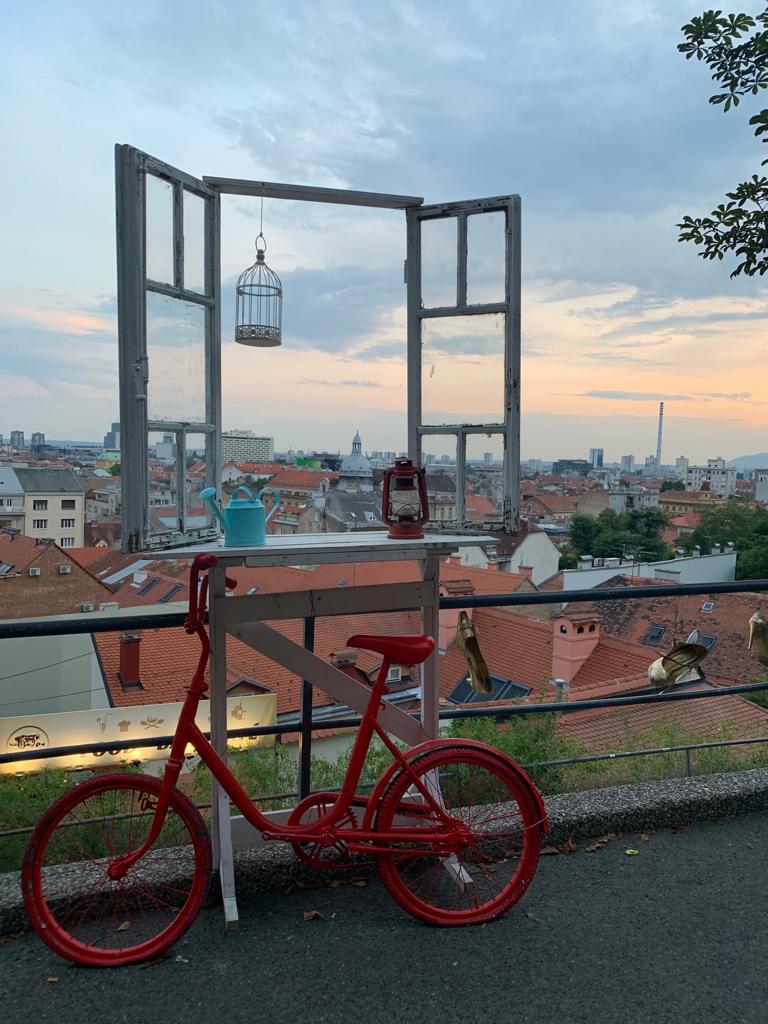10 THINGS YOU MIGHT NOT KNOW ABOUT CROATIA
Hello everybody! I’m going to talk about Croatia. You can find a lot of information about this country on the internet but I’m going to talk about things maybe you not now.
1. Croatia is known as the country of a thousand islands, in total 1,244 islands, islets and rocks, but in only 60 of them live people.
2. Pula’s Roman amphitheater is the sixth largest in the world and the only one with its 3 preserved heights.
3. The Dalmatian dog is a breed native to Croatia. The name comes from the historical province of Dalmatia which is where they were raised in the past.
4. The people of the island of Silba, in the Zadar region, declared their island pedestrian. Tired of cars and fumes decided that cars are no longer welcome. For many this measure means one more attraction for the visit and enjoyment of nature and tranquility.
5. The city of Zagreb has more than 200 gas lamps, more than a century old, still in use. The lantern turns them on and off manually every day.
6. In the interior of the Istrian peninsula is located the city of Hum, which with its only 20 inhabitants is registered as the smallest city in the world according to the Guinness Book of Records.
7. The tie, an essential complement in the fashion world, this complement comes from how Croatian soldiers tied a red scarf around their necks during the 30th Century War. In the Paris court, they adopted this fad of kneading the scarf “to the croate” whose root evolved “to the cravate”. Croatia is proud of this contribution by declaring October 18 as “Tie Day”.
8. Under the city of Zagreb there is a kilometer network of secret tunnels, believed to have some of them reaching the Medvednica mountains about 40 km north of the city center. Most of these tunnels are also unknown to Zagrebienses, some claim that there is hidden a treasure.
9. In the palace of Diocletian of Split there is an authentic Egyptian sphinx that the Roman emperor Diocletian had brought in from Egypt to adorn the entrance of what would be his mausoleum.
10. The Croatians had their own writing. The glagolytic was used from the ninth century to the nineteenth century, especially it was deeply rooted in the present-day Kvarner region.
Frederico






